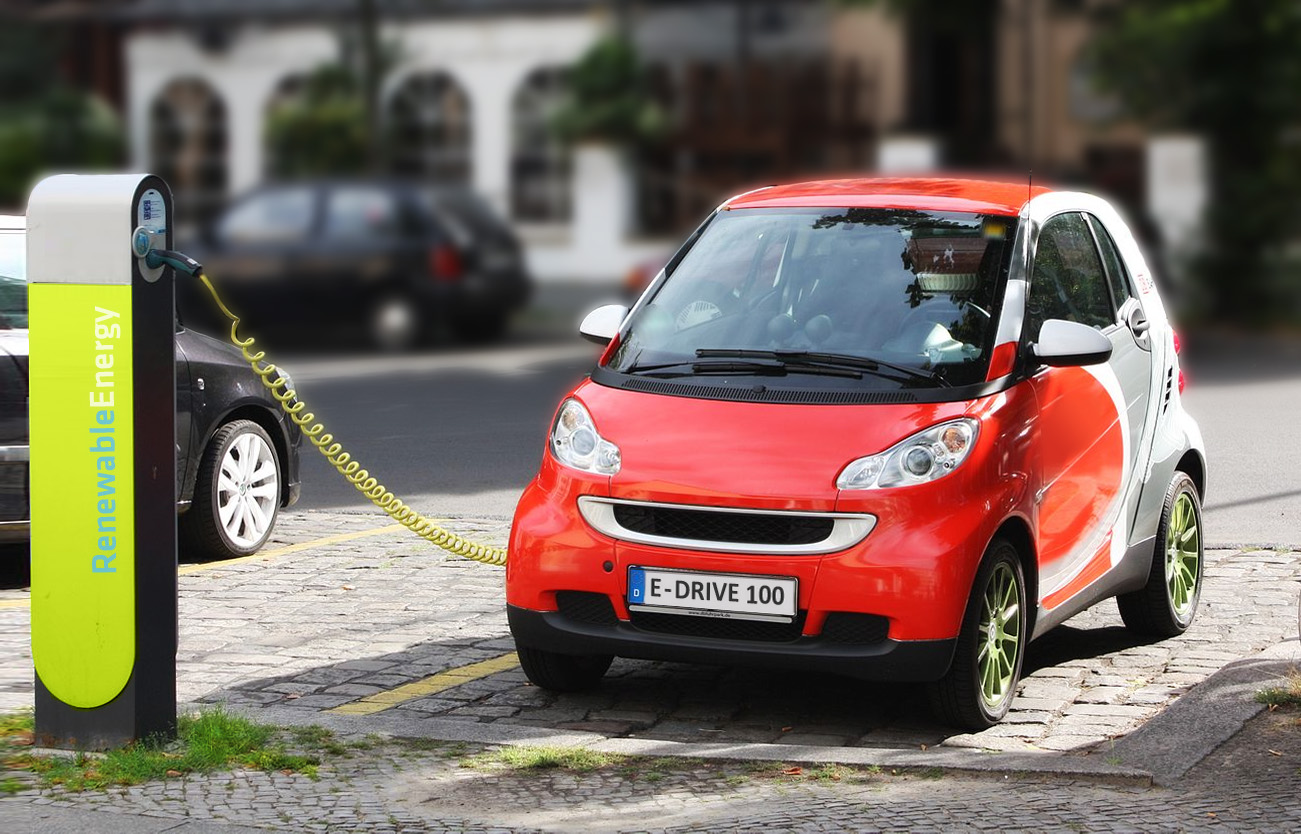
Major cities like Santiago, the capital of Chile, are often shrouded in smog and face alarming levels of air pollution.
In its latest attempt to mitigate air pollution, the Chilean government unveiled a program that aims to convert Santiago's fleet of gas-powered taxis into electric vehicles (EVs).
The program, presented by Chile's Energy Ministry in January, will subsidize only 50 EVs for now. Eventually, the government will convert all 22,400 gas-powered taxis in Santiago into EVs.
Government officials says that the program aims to convince taxi drivers that using EVs is more cost-effective than driving gas-powered cars, especially if they drive more than 30,000 kilometers (18,641 miles) every year. Chile also has cheaper electricity prices, thanks to investments in wind and solar energy plants across the country.
Taxi drivers stand to save more money on gas and upgrade to a more cost-efficient vehicle by trying out an electric taxi. "It's already cheaper, for highly active vehicle fleets, to switch to electricity," said Gabriel Prudencio, head of the sustainable energy division at Chile's Energy Ministry during a webinar last Feb. 4.
The government will work with the Chinese automobile manufacturer BYD to procure a BYD e5, a compact all-electric car listed for 21.7 million pesos ($30,000). The government will shoulder as much as eight million pesos ($11,000) under the program, while the driver would shoulder the rest.
To make the program more attractive to taxi drivers in Santiago, the government would also install charging equipment at the drivers' homes. They would also be exempt from paying a special carbon emission green tax. The plan is to entice taxi drivers to exchange their current gas-powered vehicles for a subsidized BYD e5.
Taxi drivers not enthusiastic about government's plans
But even with the subsidy, the government might have a hard time convincing Santiago's taxi drivers to trade in their current gas-powered vehicles for EVs. (Related: The big electric vehicle LIE: Electric cars are not “zero emissions,” and their ecological impact is actually dirtier than diesel trucks.)
"In the current situation, this program doesn’t make sense for any taxi driver," said Luciano Lillo, 60, who has driven taxis in Santiago since 1982.
Lillo added that an eight million-peso subsidy is still too low. He said taxi drivers would have to take out loans to cover the remaining balance of the new vehicles. But securing a loan is an uncertain scenario for most drivers in light of the coronavirus pandemic, which has introduced new challenges to taxi drivers.
One challenge is the lack of passengers due to the lockdowns. Lillo said taxi drivers need to go out every day and hope they make enough money. It became even harder over the past few months with most people staying indoors or driving their own vehicles to go places for fear of contracting the dreaded virus.
Additionally, the standard gas-powered taxi is much cheaper than EVs. A brand-new Nissan Versa, a popular model used in Santiago for taxis, starts at 10.9 million pesos ($14,800).
Lillo also noted the fact that BYD e5 is a brand new model, as such users would be dependent on the manufacturer for spare parts and repairs. "If the government were offering an electric version of an ultra-popular model, like Toyota or Hyundai, I would maybe consider it," explained Lillo.
BYD said they would help maintain the new vehicles. The manufacturer also assured drivers that the BYD e5 has batteries that are good for 500,000 km over a 16-year lifetime. The car also has a 400-km range. Therefore, drivers shouldn't be too worried about maintaining the car or taking it in for repairs.
Follow RoboCars.news to learn more about the advantages and disadvantages of EVs.
Sources include:
Please contact us for more information.






















